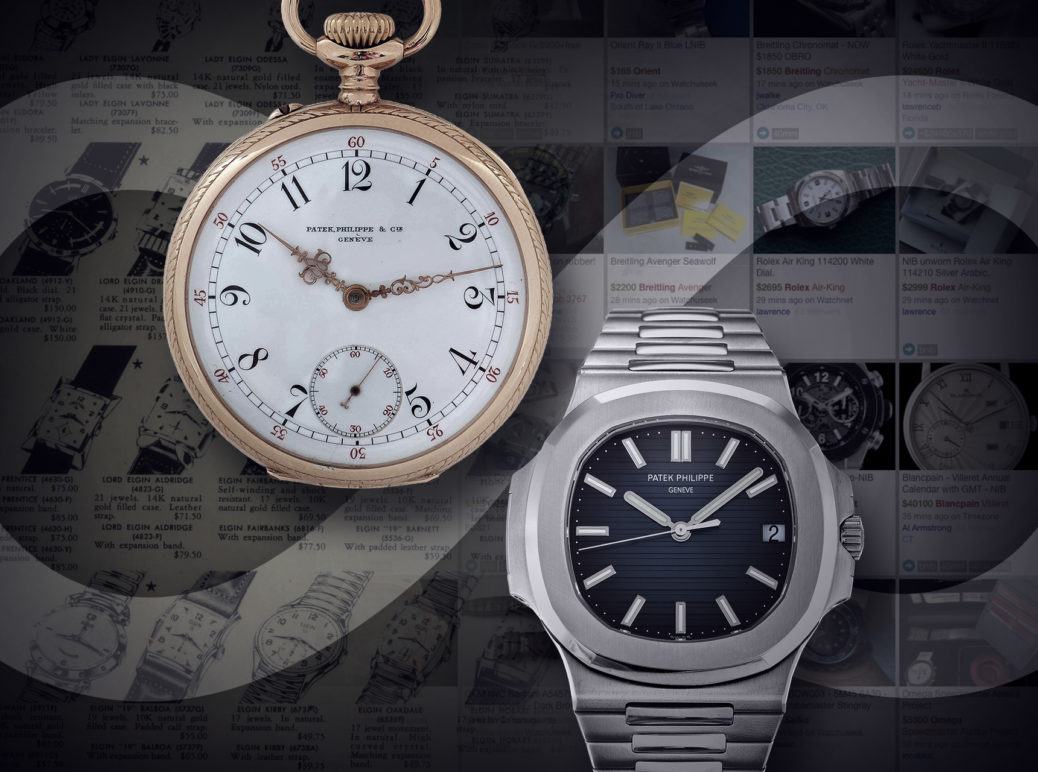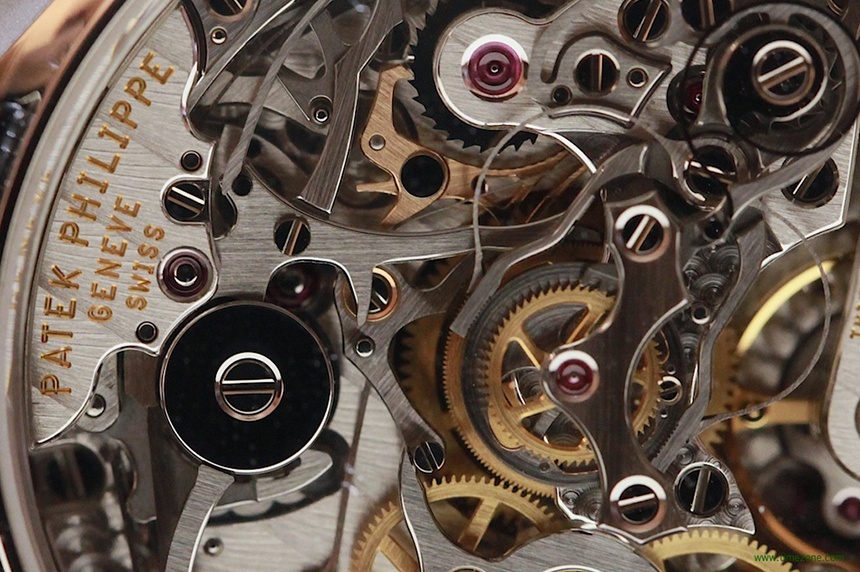
It is one thing for early pocket watches to be inaccurate, but because of how early movements were created, that inaccuracy was not even predictable. The bottom line is that early timekeeping equipment was anything but particularly reliable. It wasn’t until the 18th century when reliability took center stage as things like marine chronometers needed to be relied upon during long ship voyages. What people who relied on the time often did was to make sure they had multiple clocks and watches – not only to see how they all performed, but to make sure there was at least one backup when something broke.
Consider the wealthy aristocrat, member of royalty, or wealthy merchant who ordered a pocket watch not only as a lifestyle accessory but as an important tool. Knowing how often watches broke, do you think they only owned one? It was not until the 20th century when many of the more impressive durability features found in watches today began to exist (see more in our History Of Dive Watches article here). Consider Incabloc, which is still used and a popular form of anti-shock system. Features like this were meant to protect watch movements from some shock due to drops and vibrations. It was not invented until 1934. So imagine how fragile pocket watches were 100 years earlier? What about 50 or 200 years earlier?
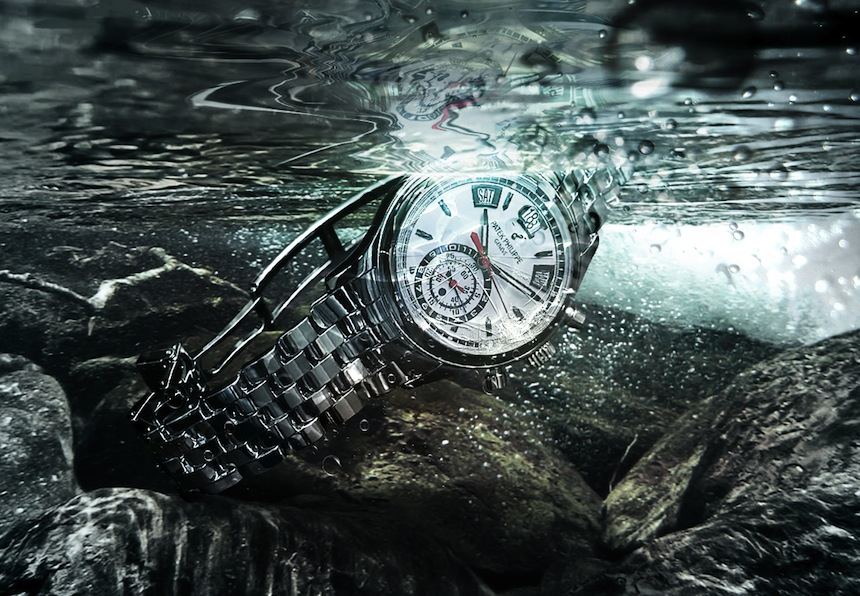
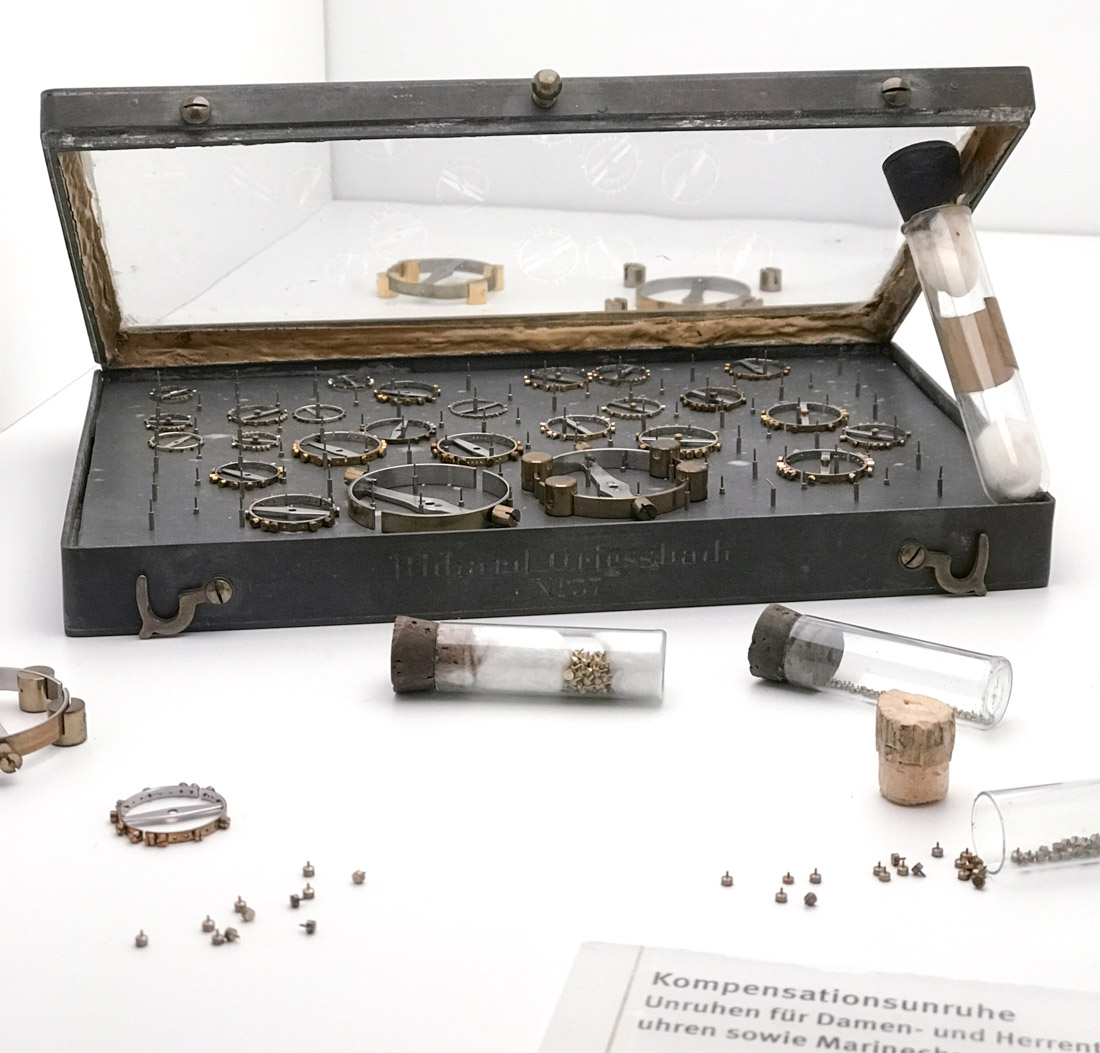
Do you know why pocket watches traditionally came on a chain? It wasn’t for fashion or ensure no one stole your pocket watch out of your hand. Pocket watch chains were invented because everyone has butterfingers from time to time, and the chain ensured that when the pocket watch slipped from one’s hands it didn’t smash on the floor.
The point I am trying to make is that the relatively finicky nature of watches for the majority of their history meant that most people who could afford one ended up buying a lot more out of necessity. People needed more than one watch because watches had an annoying tendency to break, get lost, not be accurate, and require regular servicing. For this reason it was useful (if not absolutely necessary) for households to have more than one timekeeping mechanism – if not many more. Consider a wealthy household and how many watches the family would have all together?
If you think watch servicing and repair takes a long time today, imagine what it was like 150 years ago? Watches needed to be carefully transported back to the watchmaker via horseback sometimes thousands of miles just to get back to the watchmaker for work. I bet that getting your watch back after repair was considered speedy if it only took six months when you take into consideration travel and work times.
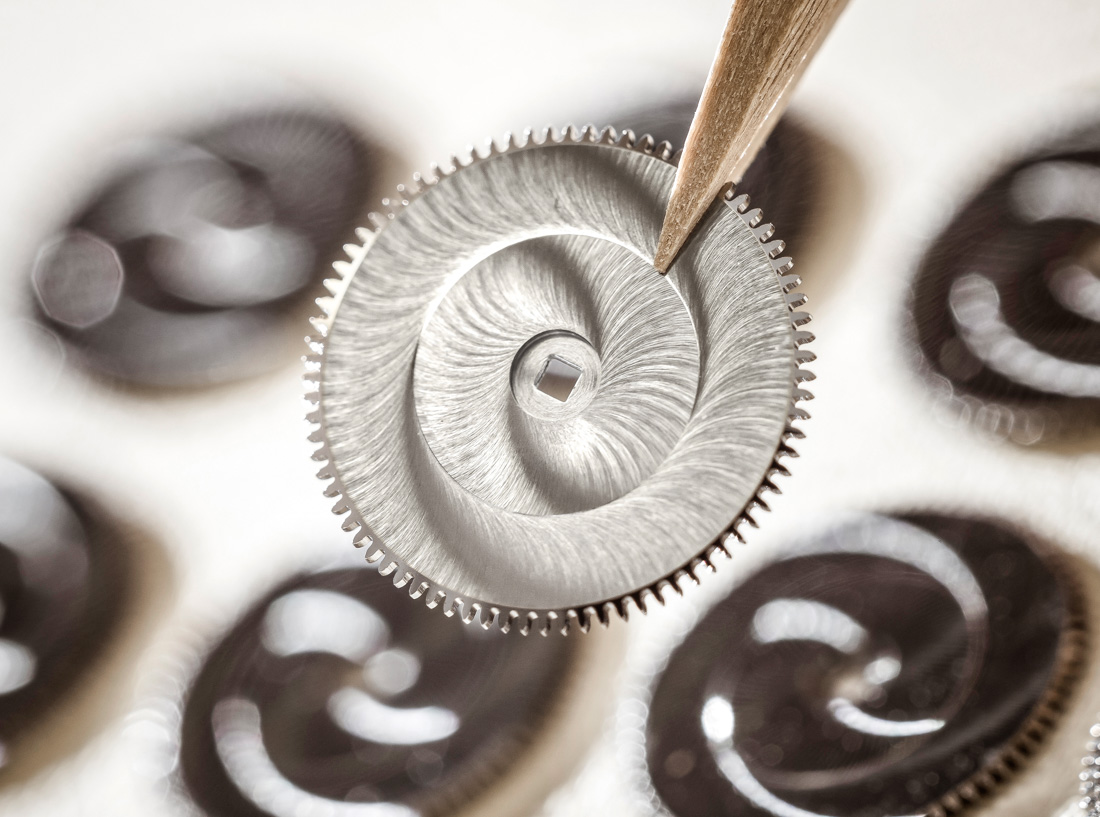
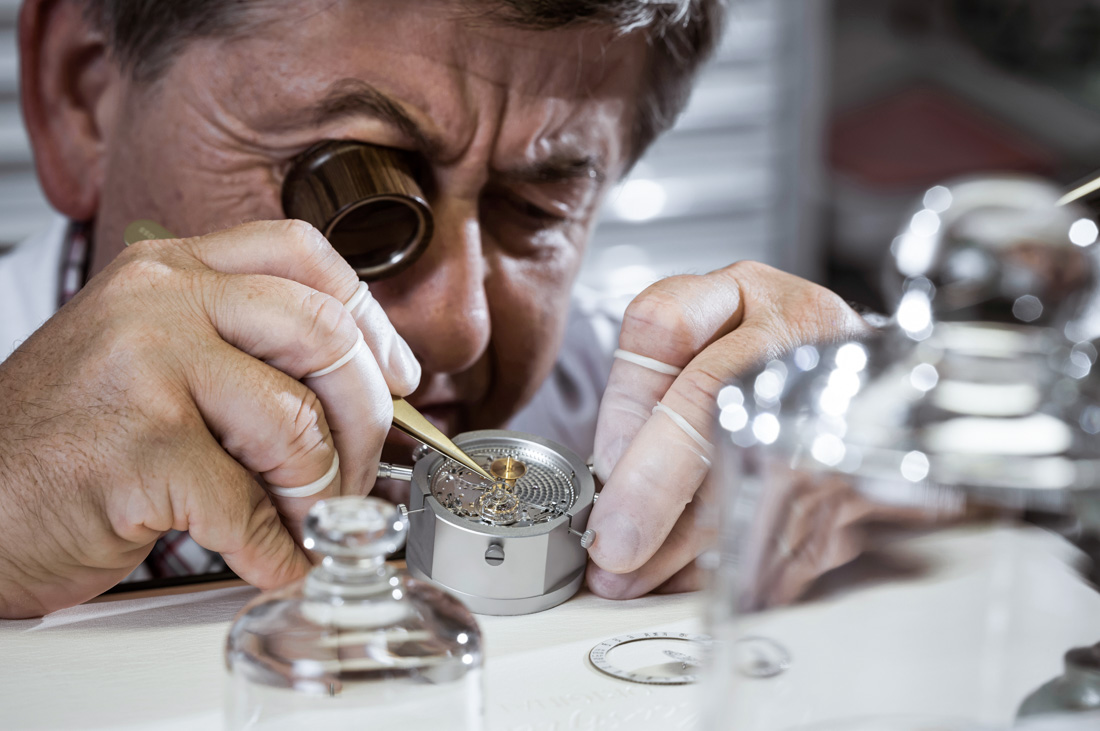
So can you imagine not having a series of watches and clocks? The sheer fallibility of early watches made it a necessity to own a collection, and you often wanted that collection to reflect your taste and station in life. Further, because watches were often produced only on demand, those products were customized and decorated to their clients’ wishes. A look at early pocket watches which are lavishly decorated with engraving, art, and precious materials makes sense when you consider how personalized they were, as well as the fact that by default owners needed to have a variety of them and wanted each to be a little bit unique.
Early watch collectors are probably also likely responsible for pushing watchmakers to make advancements as often as they did. From improved construction techniques to more complicated movements, the obvious frequent interaction between watchmaker and client allows for a rich history of items being produced especially for their owner rather than to be sold anonymously in a retail environment. Such a sales atmosphere for high-end watches is relatively recent and in great part due to higher-production timepieces that began to be produced after the industrial revolution.
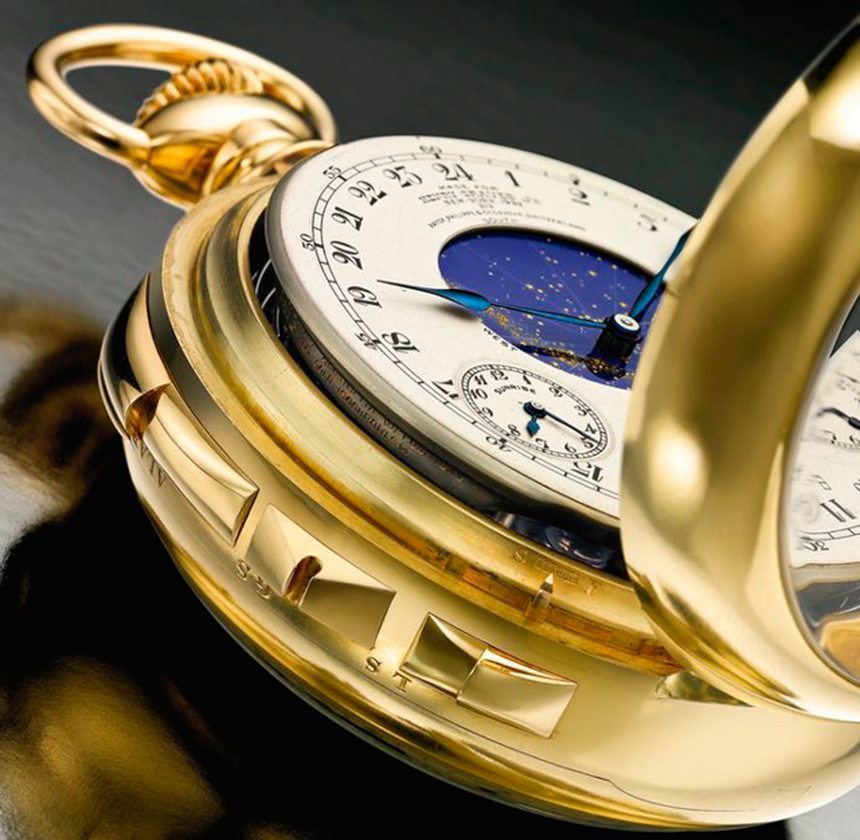
Now that mechanical watches are no longer necessary, they have once again become items which are produced more carefully and in limited quantities. Mechanical watches are passion items and are today in their most luxurious forms produced for people with the type of income which allows them to order special objects, and often an assortment of them over time. Even if the “watch collector” is stronger today as a class of consumer than ever before, they are only the latest manifestation of a practice as early as producing watches themselves.

